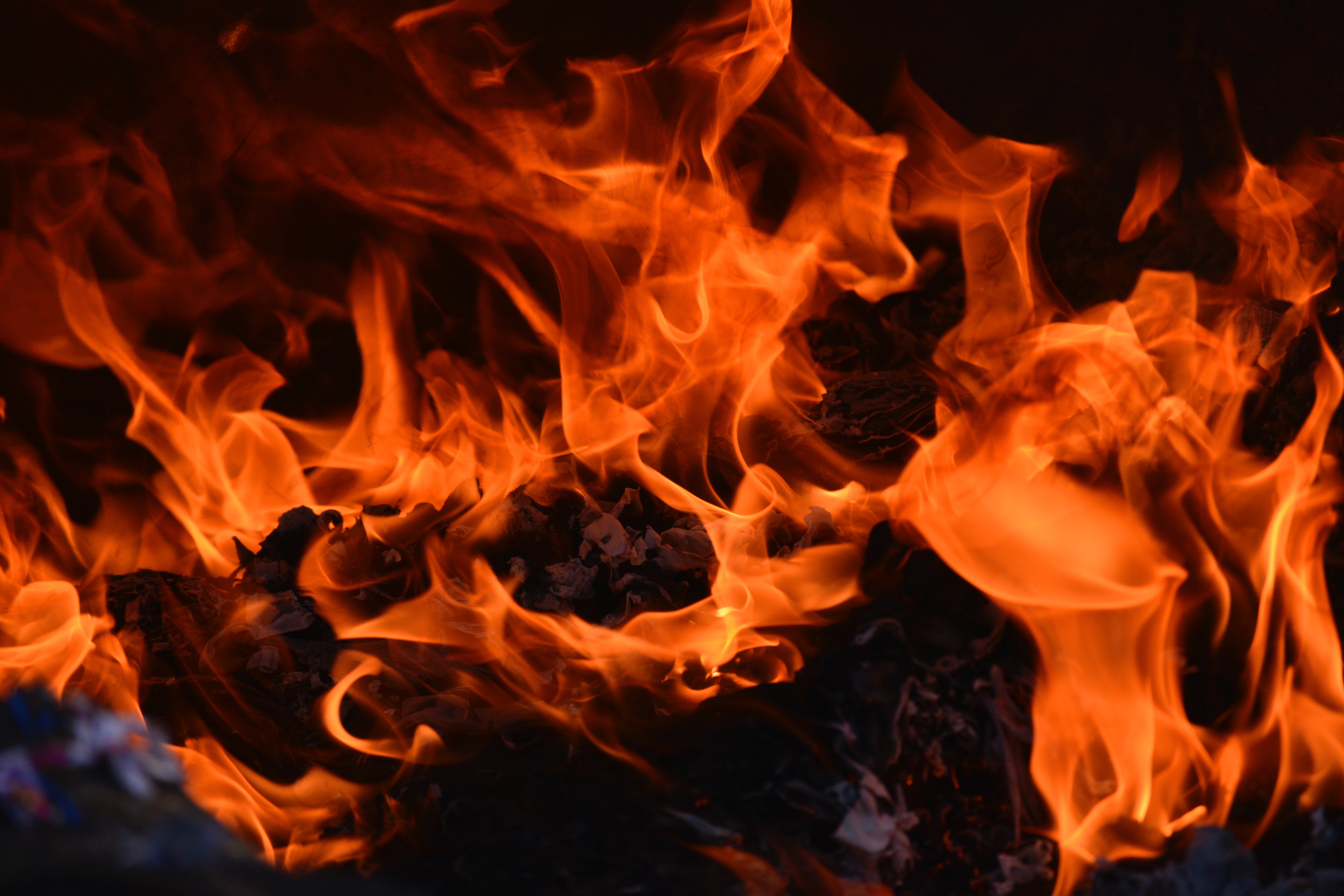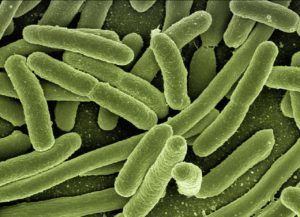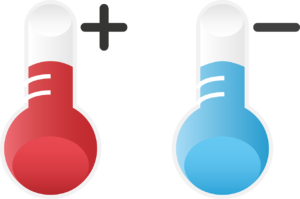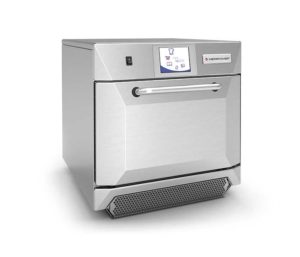
Each year the UK food industry produces more than 0.4 million tonnes of avoidable food waste. To tackle what outgoing Environment Secretary Michael Gove has described as a “morally indefensible” issue the government has recently announced a £15 million scheme to challenge businesses to reduce their food waste.
The sustainability charity WRAP estimates that 45% of the food industry’s avoidable food waste is produced during food preparation. As a budget-savvy way to cut down on waste, they recommend preparing larger-batch meals in advance and reheating them. Yet the benefits of 
Currently, over 280,000 people contract food poisoning each year in Britain resulting in an estimated 100 deaths. People catch food poisoning when they eat food which has not been stored correctly or has been left out for too long at room temperature. Most food poisoning bacteria such as Salmonella grow most rapidly between 5°C and 63°C, doubling their numbers every 20 minutes. This range of temperature is known as the food danger zone.
The Food Hygiene Regulations 2013 requires all commercial kitchens to keep reheated food at or above 63°C if it is for service or on display for sale. If a business is found to be in breach of the FSA’s rules and regulations, they are liable to be prosecuted. In 2015, Mitchells and Butlers were fined £1.5 million for placing unsafe food on the market, which resulted in an outbreak of food poisoning.
The Cooling Process
If you have pre-prepared meals which you are not going to be serving straight away, cool them as quickly as possible. Ideally, cooked foods should be in the fridge within 90 minutes of coming off the heat and should be consumed within 2 days. Alternatively, frozen meals can safely be left for up to 3–4 months.
It’s important that your pre-prepared foods are thoroughly cooled before being stored in the fridge, otherwise you risk pushing the fridge’s temperature into the danger zone turning it into the ideal incubator for bacteria. Use a fridge thermometer to ensure your fridge and freezer always remain below 5°C. You should also avoid overfilling your fridge—if it is too full, cold air cannot circulate effectively.
Alternatively, consider investing in a commercial blast chiller. They are designed to reduce the core temperatures of food much quicker than standard commercial refrigeration and ensure food hygiene safety by reducing the risk of bacterial growth.

Reheating Safely
While most foodservice providers prioritise the correct cooling of prepared meals, they often neglect the importance of reheating. Reheating is actually the most effective way to protect against food poisoning because most foodborne viruses and bacteria can be killed when food is reheated to at least 75°C.
The Food Standards Agency (FSA) recommends only reheating food once and serving it immediately after it has left the oven or microwave. Equally, they recommend not refreezing dishes once they’ve been reheated. This is because the more times you cool and reheat food, the greater the risk of food poisoning.
For reheating to be effective it must be done thoroughly. Pre-cooked foods must be reheated until they are steaming hot throughout and can maintain a core temperature of 75°C for at least 2 minutes. In Scotland, where the rules are even more stringent, reheated food must be able to maintain 82°C for 2 minutes.
Remember, reheating is not just warming up, it is cooking again—aim to get the food piping hot throughout. Nonetheless, it is impossible to tell just by looking at it if it is safe to eat. Commercial kitchens are required to have a digital probe thermometer by the FSA in order to check the food has been reheated to a safe temperature.
It’s essential that the probe thermometer is cleaned before and after use. If you’re using antibacterial wipes, these must be suitable for use with food. It’s also important that it’s

checked regularly for accuracy. This can be done by placing it in boiling water which should measure between 99°C and 101°C.
Foods which are frequently reheated which the FSA class as potentially hazardous include all cooked meat, rice, seafood and sauces including cream or milk.
Choose the Right Equipment
When cooking or reheating foods many commercial kitchens and catering operations choose a commercial microwave oven they can rely on. The perfect accompaniment to a main cooking range and convection or combination oven, these compact pieces of catering equipment offer a versatility that is priceless in busy kitchens. Merrychef microwave ovens combine both microwave and convection cooking methods for perfect results every time, whether cooking or reheating.


